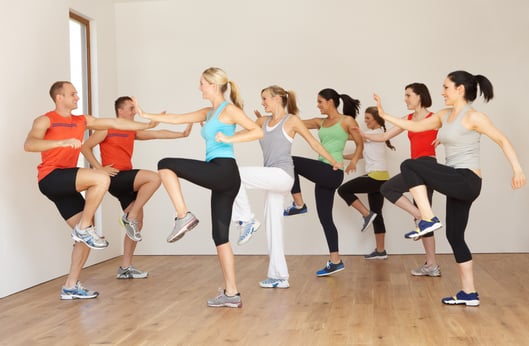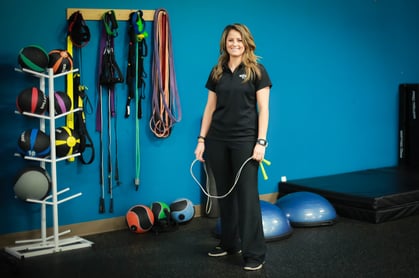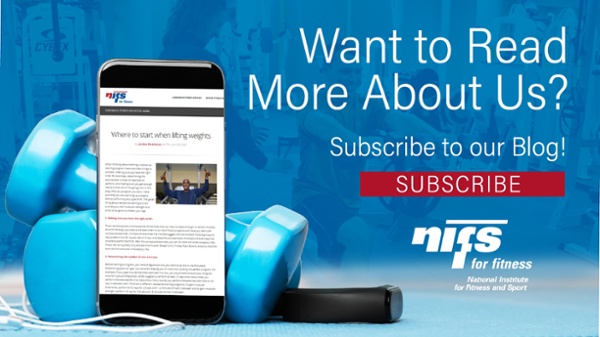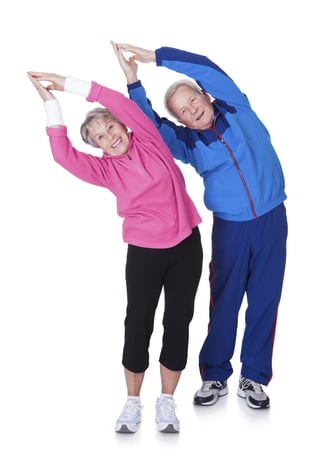The elements that make up corporate fitness haven’t changed much in the almost 20 years I’ve been connected to the business. We’re still working hard to attract as many employees as possible to our programs, we’re still running fun, lighthearted games, we’re still tracking memberships, and we’re still helping employees with their exercise programs through prescription and assessment services. Group fitness is still a staple, and you still typically see corporate fitness centers with staff only in larger businesses.
Sure, equipment has changed, and there are a ton of new (albeit not necessarily better) certifications available for practitioners. Big players have more bells and whistles to win new business, but the core elements that make up a sound corporate fitness program for your employees are the same as they were years ago.
Corporate Wellness, However, Is in Flux
And yet, corporate wellness as a broader header under which corporate fitness sits has changed dramatically over the last decade. It’s still in significant flux. While the somewhat dated biometric screening and health risk assessments are still fundamental in many corporate wellness initiatives, they are losing popularity. As businesses look past the limited utility of those elements, they are turning toward opportunities to educate their employees into becoming better health care consumers as well as looking toward creative outlets for stress management along with getting back to basics by meeting basic human needs.
So why, then, is corporate fitness still doing what it’s always done? Can corporate fitness partners be part of the wellness evolution by offering solutions beyond the typical elements outlined above?
How NIFS Is Offering Evolved Solutions
We think so. Here are some of the ways we’re doing just that:
- Personal training has a niche market; it’s the people who benefit from it and who can also afford it. We work with clients who have a lot of employees that can’t afford the luxury of a personal trainer. Rather than tell them they’re on their own, we built Personal Fitness Quest to meet that very real need. Here’s how that alternative to personal training works for us.
- Where clients have allowed it, our staff have stocked and promoted activity centers. These simple nooks, typically carved out of high-traffic areas like the cafeteria, provide a small space were employees can take a break and focus their minds on something other than their work. They can realize the stress-relieving benefits of coloring, play their teammates in Jenga®, or listen to a relaxation meditation on an MP3 player.
- Our staff are capital-S serious about their work; they believe completely in what they’re doing to help improve the health of the employees with whom they work. But sometimes work is a little too serious, and we understand our role is to provide a light and welcoming environment. Employees need to feel understood, and they need a place to decompress. Some days they just need a good laugh. Check out how one of our managers put a laughable spin on the benefits of being a chicken.
Corporate fitness would benefit from the lessons that old-school corporate wellness is feeling by evolving into a service that promotes holistic well-being, perhaps with an emphasis on fitness. How are you promoting more than just exercise in your corporate fitness program?
Looking for more on what can make your fitness program tick? Use the button below to download our quick read with three tips for a successful corporate fitness center.


 You know you want and need to have a regular plan for your exercise, but where do you begin to
You know you want and need to have a regular plan for your exercise, but where do you begin to
 One of the ways they work on achieving specific participation numbers is through successful programming. It’s not rocket science, but you do have to know your members and understand what works with them in order to build effective programs. That’s why our crew is so focused on
One of the ways they work on achieving specific participation numbers is through successful programming. It’s not rocket science, but you do have to know your members and understand what works with them in order to build effective programs. That’s why our crew is so focused on  Sometimes employers go all in on their investment in a corporate fitness center. Thousands of square feet are dedicated to treadmill upon treadmill, thoughtful changing facilities, ample group exercise space, creative equipment solutions, and around-the-clock dedicated fitness staff.
Sometimes employers go all in on their investment in a corporate fitness center. Thousands of square feet are dedicated to treadmill upon treadmill, thoughtful changing facilities, ample group exercise space, creative equipment solutions, and around-the-clock dedicated fitness staff. 
 ith a proactive approach to balance training, we have embarked on a comprehensive fall-prevention model.
ith a proactive approach to balance training, we have embarked on a comprehensive fall-prevention model. 
 If you work in fitness, you know that for some members, the only way to engage them in regular exercise is through a group class setting. Some people love the energy of a group effort, others like that they can blend in, and still other participants like group classes because of the ease of simply following real time instructions from a motivating teacher.
If you work in fitness, you know that for some members, the only way to engage them in regular exercise is through a group class setting. Some people love the energy of a group effort, others like that they can blend in, and still other participants like group classes because of the ease of simply following real time instructions from a motivating teacher. 